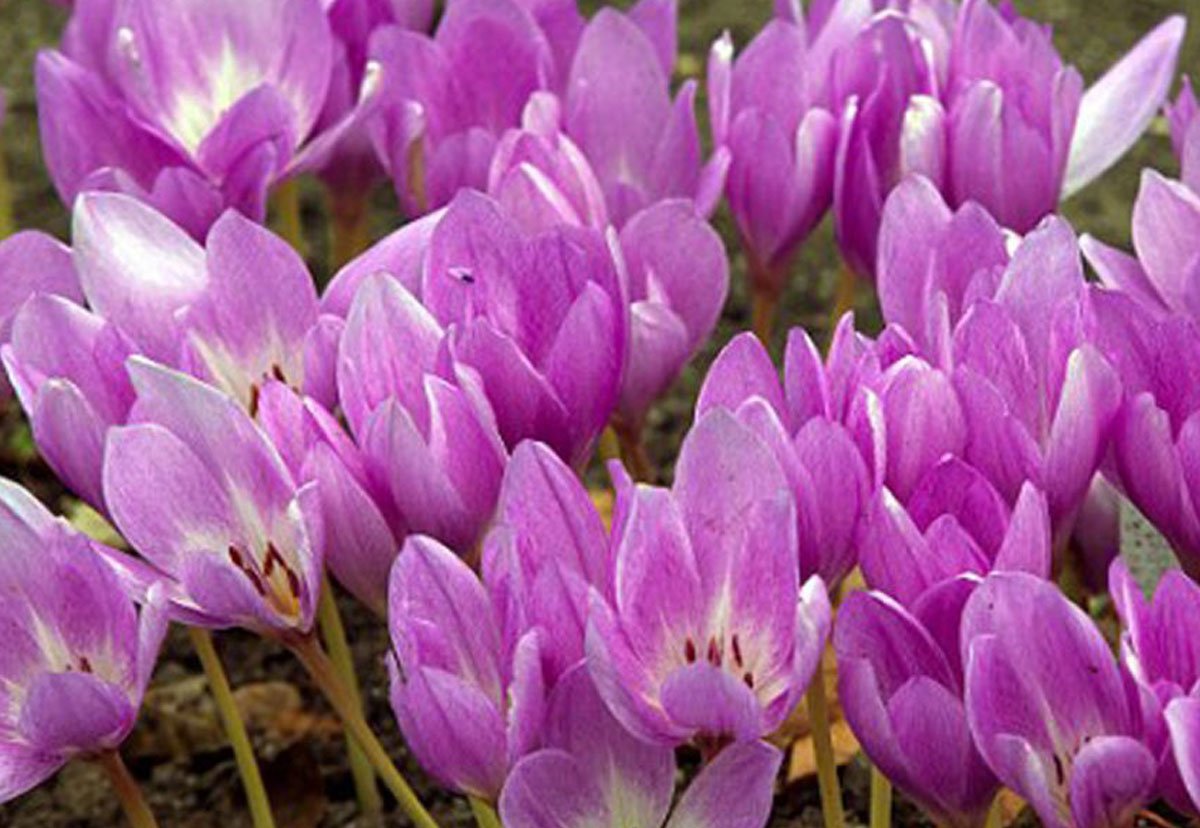Saffron oil
|
Colour and Appearance |
Light yellow or golden viscous liquid |
|
Odour |
Woody, spicy smell similar to that of hay |
|
Specific Gravity at 250C |
0.910 to 0.915 |
|
Optical Rotation at 200C |
-0.2 to -0.3 |
|
Refractive Index at 200C |
1.476 to 1.480 |
|
Solubility |
Partially soluble in Ethanol. |
|
Safranal |
5.52 mg/g |
|
Picrocrocin |
3.92 mg/g |
|
Crocin 1 |
6.76 mg/g |
|
Kaempferol |
0.29 mg/g |
|
Packing |
Steel/ Aluminum container |
|
Packing size |
0.5, 1, 2, 5 10, 25, 180 Kgs net |
Description
Saffron (Crocus sativus) is one of the most expensive spices. This is because the stigmas of the plant are carefully handpicked for the spice. The oil has its own heart-opening and compassion-enhancing powers. Saffron gets its reddish orange color from constituent carotenoids crocin and crocetin. The stigmas of the flower contain aromatic essential oil safranal. Saffron is also high in thiamine and riboflavin. The oil is light yellow or golden in color with woody, spicy and hay like odour.
It is a strong aphrodisiac, antipoisonous, carminative, cardiotonic, diuretic, diaphoretic, febrifuge, emmenagogue, lactogogue, stimulant, nervine tonic, livotonic, and typtic and sedative. Saffron is a great medicine for the heart, and its fragrance in incense has been used traditionally for its heart-opening and compassion-enhancing powers. It is used in acne, apoplexy, arthritis, asthma, colic, cough dyspepsia, hemierania, insect bites and stings, liver disorders, mental disorders, neurasthenia, oedema, painful menstruation, phthisis, prolapse of anus, sore throat, splenetic and sexual disorders.





 Keen to Serve Our Best on Your Farm
Keen to Serve Our Best on Your Farm








